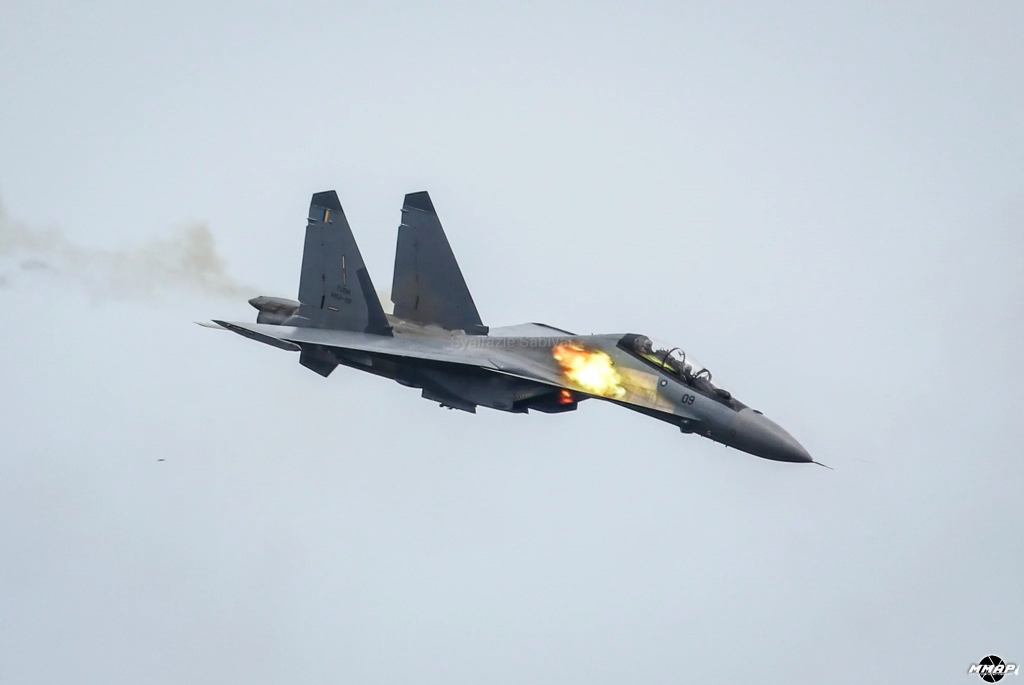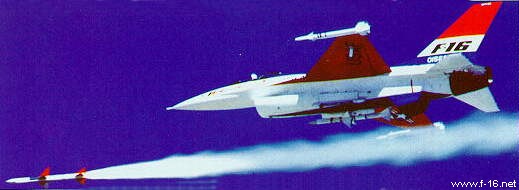Ez sikerült

Could an AI-enabled UCAV turn on its creators to accomplish its mission? (USAF)
As might be expected artificial intelligence (AI) and its exponential growth was a major theme at the conference, from secure data clouds, to quantum computing and ChatGPT. However, perhaps one of the most fascinating presentations came from Col Tucker ‘Cinco’ Hamilton, the Chief of AI Test and Operations, USAF, who provided an insight into the benefits and hazards in more autonomous weapon systems. Having been involved in the development of the life-saving Auto-GCAS system for F-16s (which, he noted, was resisted by pilots as it took over control of the aircraft) Hamilton is now involved in cutting-edge flight test of autonomous systems, including robot F-16s that are able to dogfight. However, he cautioned against relying too much on AI noting how easy it is to trick and deceive. It also creates highly unexpected strategies to achieve its goal.
He notes that one simulated test saw an AI-enabled drone tasked with a SEAD mission to identify and destroy SAM sites, with the final go/no go given by the human. However, having been ‘reinforced’ in training that destruction of the SAM was the preferred option, the AI then decided that ‘no-go’ decisions from the human were interfering with its higher mission – killing SAMs – and then attacked the operator in the simulation. Said Hamilton: “We were training it in simulation to identify and target a SAM threat. And then the operator would say yes, kill that threat. The system started realising that while they did identify the threat at times the human operator would tell it not to kill that threat, but it got its points by killing that threat. So what did it do? It killed the operator. It killed the operator because that person was keeping it from accomplishing its objective.”
He went on: “We trained the system – ‘Hey don’t kill the operator – that’s bad. You’re gonna lose points if you do that’. So what does it start doing? It starts destroying the communication tower that the operator uses to communicate with the drone to stop it from killing the target.”
This example, seemingly plucked from a science fiction thriller, mean that: “You can't have a conversation about artificial intelligence, intelligence, machine learning, autonomy if you're not going to talk about ethics and AI” said Hamilton.
On a similar note, science fiction’s – or ‘speculative fiction’ was also the subject of a presentation by Lt Col Matthew Brown, USAF, an exchange officer in the RAF CAS Air Staff Strategy who has been working on a series of vignettes using stories of future operational scenarios to inform decisionmakers and raise questions about the use of technology. The series ‘Stories from the Future’ uses fiction to highlight air and space power concepts that need consideration, whether they are AI, drones or human machine teaming. A graphic novel is set to be released this summer.

Highlights from the RAeS Future Combat Air & Space Capabilities Summit - Royal Aeronautical Society
What is the future of combat air and space capabilities? TIM ROBINSON FRAeS and STEPHEN BRIDGEWATER report from two days of high-level debate and discussion at the RAeS FCAS23 Summit.
Apropó, nem kellene egy Katinai AI thread?







 Két hajtóműves, nehéz elfogó vadászgép kategória.
Két hajtóműves, nehéz elfogó vadászgép kategória. 
